FORT BENNING, Georgia — As small unmanned aircraft systems continue to shape modern conflict, the U.S. Army Maneuver Center of Excellence at Fort Benning is proactively addressing the evolving demands of warfare through its sUAS Master Trainer Course.
Operating within Echo Company, 1st Battalion, 29th Infantry Regiment, 316th Cavalry Brigade, the course is designed to enhance Army readiness and warfighting capabilities by empowering units to develop their own sUAS training programs and operators.
The three-week sUAS Master Trainer Course focuses on equipping noncommissioned officers, officers, and warrant officers with the expertise to establish and manage a unit’s sUAS operator training program. This includes certifying new operators, sustaining current proficiencies, and re-qualifying existing personnel. Graduates earn a U2 skill identifier (ASI for enlisted and warrant officers, SI for officers), which signifies their specialized knowledge.
“The mission is to enable the force to train their own operators at their home station, both Group 1 and Group 2,” said Sgt. 1st Class Derrick Guyton, the sUAS Master Trainer Course branch chief. “We teach our students how to create and run an air crew training program at their home station.”
Within the Department of Defense classification system for sUAS, Group 1 refers to sUAS typically weighing less than 20 pounds, operating below 1,200 feet at ground level and at speeds under 100 knots. Group 2 sUAS weigh between 21 and 55 pounds, operating below 3,500 feet AGL and at speeds under 250 knots. Both are considered “small” UAS due to their relatively lighter weight and lower operating parameters, playing a crucial role in tactical intelligence, surveillance, and reconnaissance, or ISR, operations.
Given the global operational environment and the widespread use of drones in tactical engagements, the ability to rapidly produce skilled sUAS operators is critical. “We need to be able to maximize the number of operators we’re producing across the force,” Guyton said, emphasizing the course’s vital role in meeting this demand. “Every unit has a Master Trainer so they’re producing the maximum number of operators they can at any given time.”
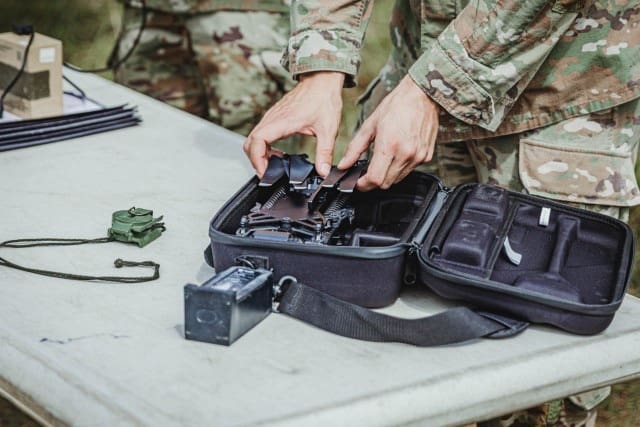
To take the course, Soldiers need a Small Unmanned Aircraft Systems Manager (SUASMAN) account. This is an online database that tracks a Soldier’s certifications, qualifications, flight logs, training, and logistics related to sUAS. All units use this system to maintain records and log flights.
In addition to having a SUASMAN account, Soldiers must also complete Basic UAS Qualification (BUQ) Levels 1 and 2 and receive an appointment memorandum from their brigade commander or higher, designating them as the sUAS Master Trainer for their brigade. .
Through the course, Soldiers gain proficiency on the Skydio RQ-28 Alpha, a short-range reconnaissance drone, by covering fundamental tasks such as assembly, disassembly, operation, basic maintenance, and data package download.
They also become familiar with medium-range reconnaissance drones like the Ghost X and C-100. A key component of the training involves students instructing each other on these tasks, ensuring their capability to lead future initial qualification training at their home stations.
The curriculum also integrates tactical considerations for sUAS employment and counter-sUAS tactics. Students learn passive counter-detection methods, such as camouflaging launch sites during tactical exercises, and receive instruction on available counter-sUAS systems.

MCoE spearheads comprehensive sUAS integration across Army training
Beyond the sUAS Master Trainer Course, MCoE is leading broader initiatives to systematically integrate sUAS and robotics training throughout the Army’s educational spectrum, from basic training to advanced leadership courses. This comprehensive approach aims to foster a universal understanding and skillset for these critical capabilities.
One significant development is the piloting of a new sUAS Operator Course, with its initial class scheduled for October 2025. This course is designed to build upon foundational training received by all Soldiers in One Station Unit Training.

“Our sUAS training strategy in OSUT allows all Soldiers to execute approximately 10 hours of sUAS virtual training to familiarize them with basic flight and tactical skills needed to employ an sUAS in support of a maneuver mission,.” said Jay Brimstin, deputy director of MCoE’s Department of Tactics, Training, and Doctrine. “This will prepare them to certify with a unit master trainer when they reach their operational unit. Also, through this process we’ll be able to identify a select number of OSUT Soldiers to go into the Operator Course upon completion of OSUT.”
The one-week sUAS Operator Course will offer 22 hours of live flights on multiple systems and additional simulations, qualifying Soldiers as basic sUAS operators. This course does not require temporary duty funds and Soldiers will spend no more than two additional weeks at Fort Benning after their OSUT graduation. The goal is to provide qualified operators to the operational force for rapid certification on unit-specific platforms.
MCoE also plans to pilot a Robotic Autonomous Systems Leader Tactics Course and a Robotics Master Trainer Course in early 2026. These initiatives underscore the Army’s commitment to preparing Soldiers for future conflicts where robotic and autonomous systems will play an increasingly prominent role, Brimstin said.
The advancements at Fort Benning are a direct result of the Army’s ‘Transformation in Contact’ initiative. This effort is vital for adapting and reorganizing how formations are built and equipped to keep pace with the evolving global operational environment, which enables our forces to achieve overmatch against adversaries.
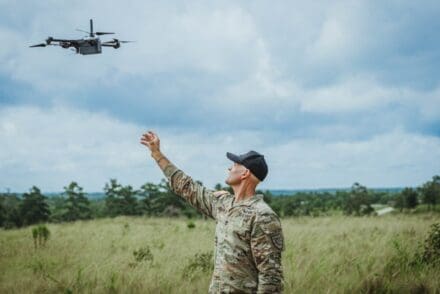
As the Army continuously transforms its mobility, lethality, and readiness, redesigning formations like infantry and aviation to improve its ability to deploy, fight, and win across all domains – flying, fighting, and winning is no longer the sole responsibility of the U.S. Air Force.
By CPT Stephanie Snyder
You can skip to the end and leave a response. Pinging is currently not allowed.
Read the full article here

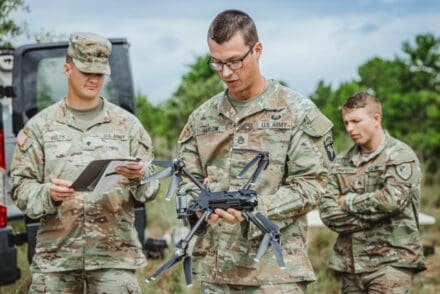


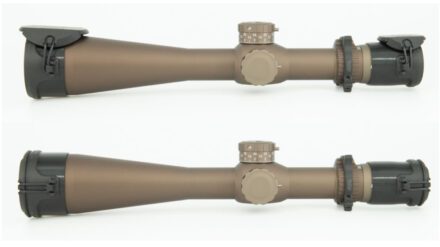

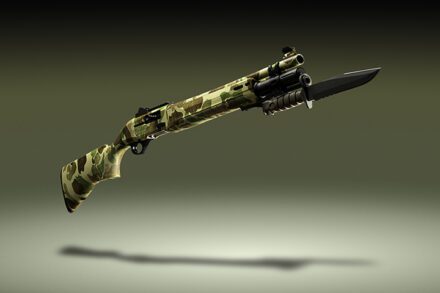
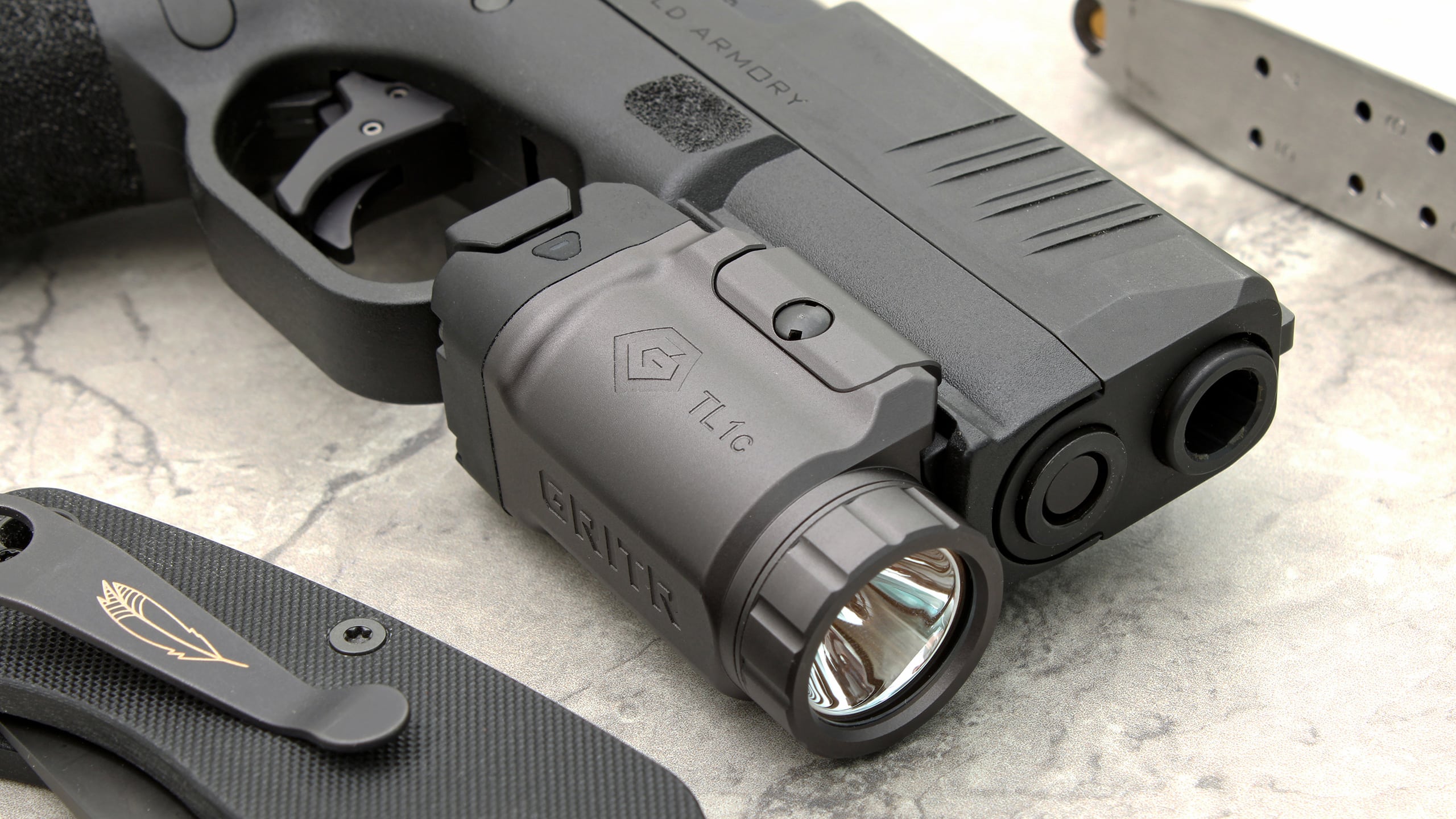
Leave a Reply